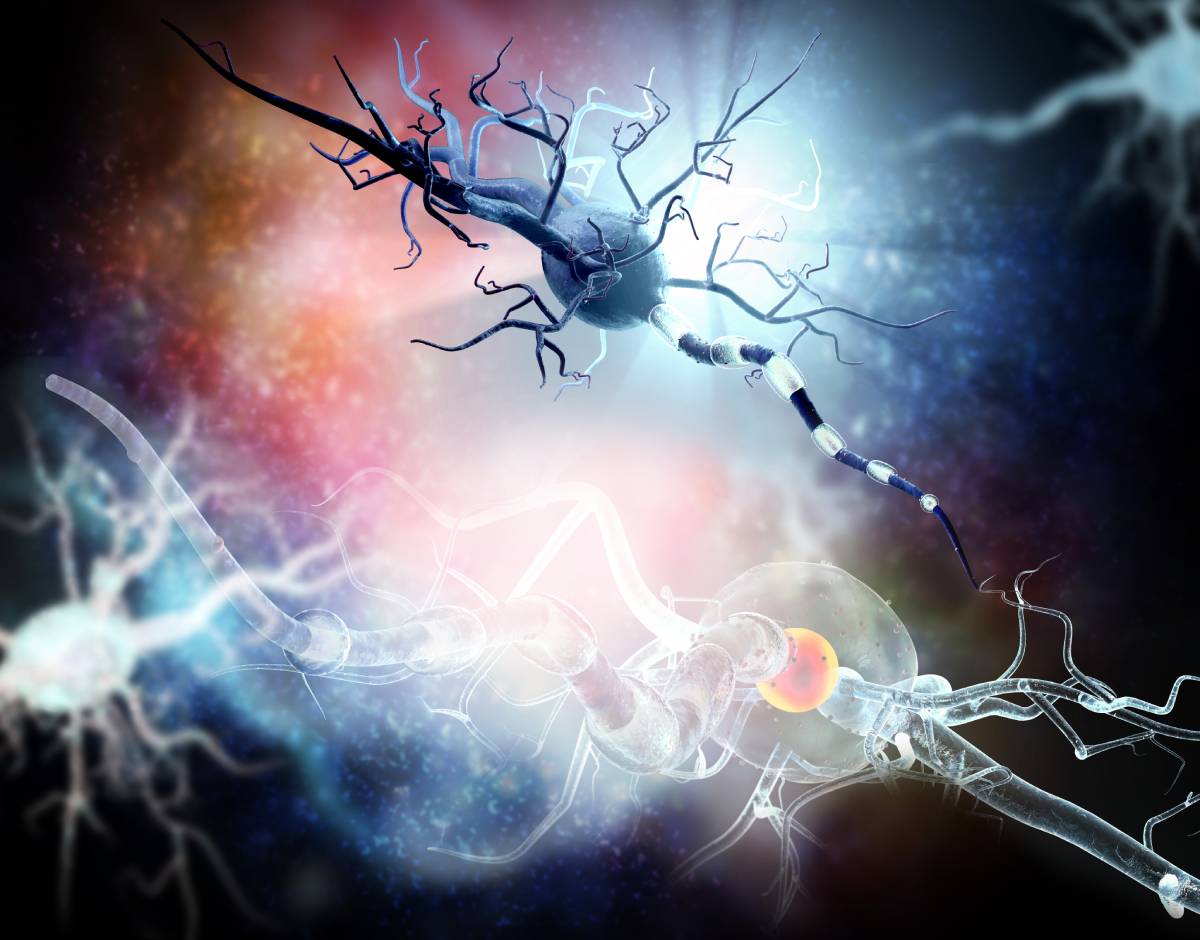The management of pain poses a difficult and unique challenge. On one hand, some level of analgesia may be required to ensure quality of life; on the other, long-term use of prescription medications increases the risk of tolerance and/or addiction. To this end, researchers have been continuously searching for alternative therapeutics. Recently approved by the U.S. Food and Drug Administration, cryoneurolysis is one such option for pain management.
Cryoneurolysis is the application of extremely cold temperatures to the peripheral nerves causing acute pain, resulting in temporary ablation of the nerve cell and thus, pain relief. Humans have been taking advantage of cold temperatures for pain management dating as far back as 460 B.C., the time of Hippocrates, during which cold compresses were used to decrease pain from surgery and amputations.1 However, in recent decades, this technology has become far more modernized and widely applicable. Starting in the mid-1970s, doctors noted that cryoneurolysis of the surrounding nerves during thoracotomies and inguinal hernia repairs resulted in decreased pain/need for opioid-mediated analgesia, shortened hospital stay time, and fewer complications.2,3 For example, when compared to patients who received an epidural during their thoracotomy, patients who underwent cryoneurolysis spent a median two days less in the hospital and experienced significantly less pain; moreover, these patients required opioids at less than half the rate of the epidural group.4 At the same time, non-surgical cryoablation of peripheral nerves merely using external anatomical markers was found to be successful in promoting pain relief in several randomized, double-blind trials.5,6 These findings were some of the first that demonstrated the full potential of cryoneurolysis as a non-pharmaceutical analgesic option.
Not only is cryoneurolysis an attractive option for pain management overall, but it also can be applied to patients with more complicated chronic pain for whom more traditional treatment options are not feasible. For example, patients with advanced pelvic neoplastic disease are often contraindicated for palliative radiation therapy and surgery, yet experience immense amounts of pain in their disease state.7 Such patients may benefit substantially from cryoablation of the pudendal nerve, which is responsible for transmitting pain signals from the pelvis.8 Indeed, one such study found that cryoneurolysis of the pudendal nerve reduced average patient-reported pain from a 7.6 out of ten to 3.1 out of ten six months following the procedure – a remarkable improvement, particularly given the patient demographic.8 Moreover, in recent years, advancements in radiology and medical imaging technology have allowed for live visualization of percutaneous procedures, hence the cryoablation probe can be better localized to the target nerve for increased accuracy.
Cryoneurolysis represents a substantial advancement in pain management options available to many patients. Moreover, it can continue to be applied in patients who would not benefit from more typical alternatives. Intraoperative cryoneurolysis will likely continue to see increased use as a preventative pain-management strategy. At the same time, advancing imaging and medical technologies may promote non-invasive and increasingly accurate applications of this approach in non-surgical patients with chronic pain.
References
1. Cooper, S. M., & Dawber, R. P. (2001). The history of cryosurgery. Journal of the Royal Society of Medicine, 94(4), 196–201. https://doi.org/10.1177/014107680109400416
2. Wood, G. J., Lloyd, J. W., Bullingham, R. E., Britton, B. J., & Finch, D. R. (1981). Postoperative analgesia for day-case herniorrhaphy patients. A comparison of cryoanalgesia, paravertebral blockade and oral analgesia. Anaesthesia, 36(6), 603–610. https://doi.org/10.1111/j.1365-2044.1981.tb10324.x
3. Fanelli, R. D., DiSiena, M. R., Lui, F. Y., & Gersin, K. S. (2003). Cryoanalgesic ablation for the treatment of chronic postherniorrhaphy neuropathic pain. Surgical Endoscopy, 17(2), 196–200. https://doi.org/10.1007/s00464-002-8840-8
4. Keller, B. A., Kabagambe, S. K., Becker, J. C., Chen, Y. J., Goodman, L. F., Clark-Wronski, J. M., Furukawa, K., Stark, R. A., Rahm, A. L., Hirose, S., & Raff, G. W. (2016). Intercostal nerve cryoablation versus thoracic epidural catheters for postoperative analgesia following pectus excavatum repair: Preliminary outcomes in twenty-six cryoablation patients. Journal of Pediatric Surgery, 51(12), 2033–2038. https://doi.org/10.1016/j.jpedsurg.2016.09.034
5. Evans, P. J., Lloyd, J. W., & Jack, T. M. (1981). Cryoanalgesia for intractable perineal pain. Journal of the Royal Society of Medicine, 74(11), 804–809.
6. Radnovich, R., Scott, D., Patel, A. T., Olson, R., Dasa, V., Segal, N., Lane, N. E., Shrock, K., Naranjo, J., Darr, K., Surowitz, R., Choo, J., Valadie, A., Harrell, R., Wei, N., & Metyas, S. (2017). Cryoneurolysis to treat the pain and symptoms of knee osteoarthritis: a multicenter, randomized, double-blind, sham-controlled trial. Osteoarthritis and Cartilage, 25(8), 1247–1256. https://doi.org/10.1016/j.joca.2017.03.006
7. Cameron, M. G., Kersten, C., Vistad, I., Fosså, S., & Guren, M. G. (2014). Palliative pelvic radiotherapy of symptomatic incurable rectal cancer – a systematic review. Acta Oncologica (Stockholm, Sweden), 53(2), 164–173. https://doi.org/10.3109/0284186X.2013.837582
8. Prologo, J. D., Lin, R. C., Williams, R., & Corn, D. (2015). Percutaneous CT-guided cryoablation for the treatment of refractory pudendal neuralgia. Skeletal Radiology, 44(5), 709–714. https://doi.org/10.1007/s00256-014-2075-3
